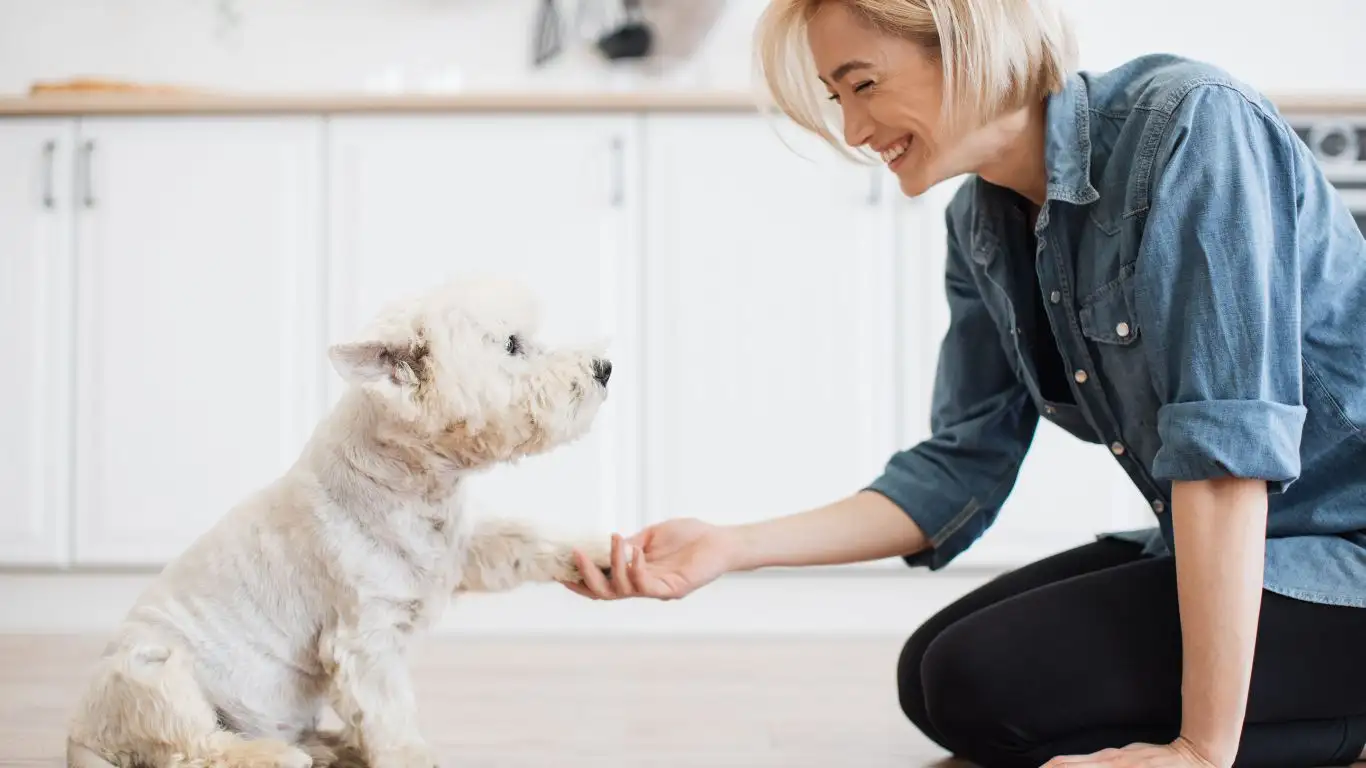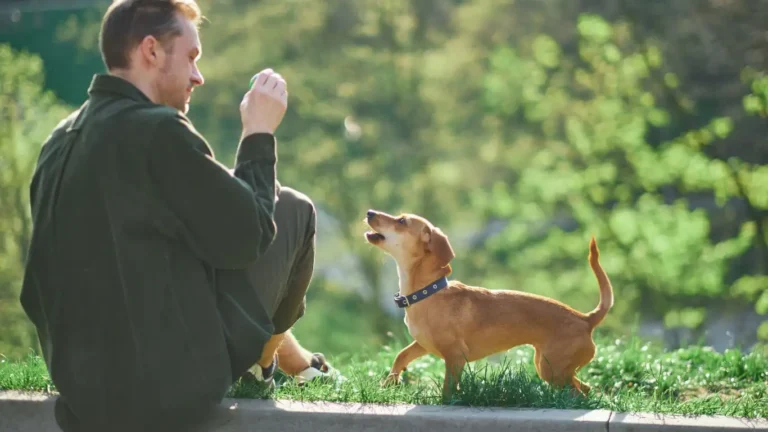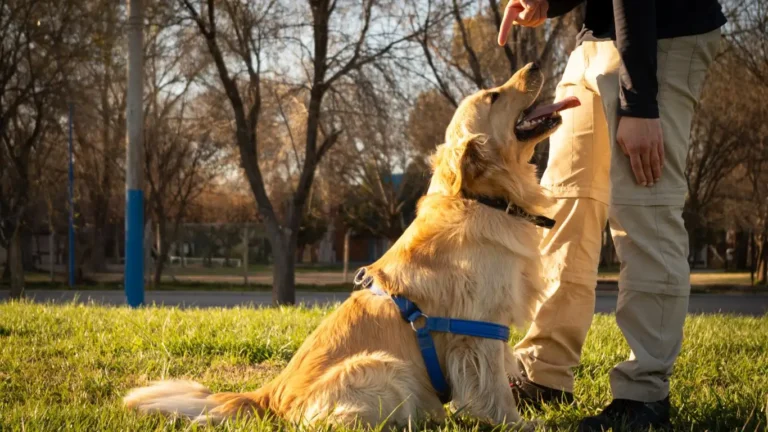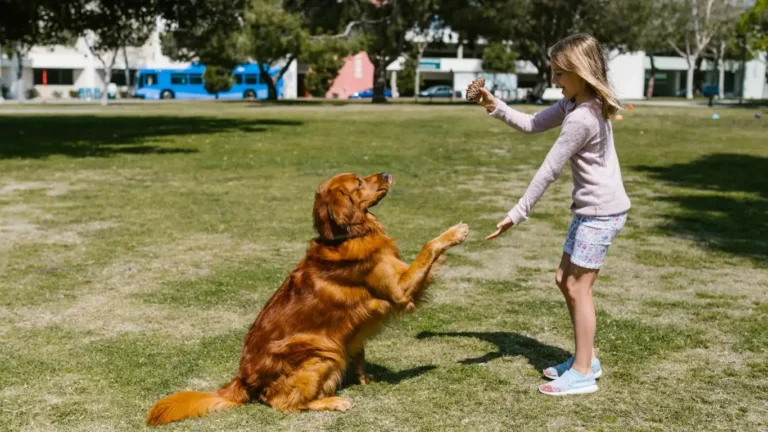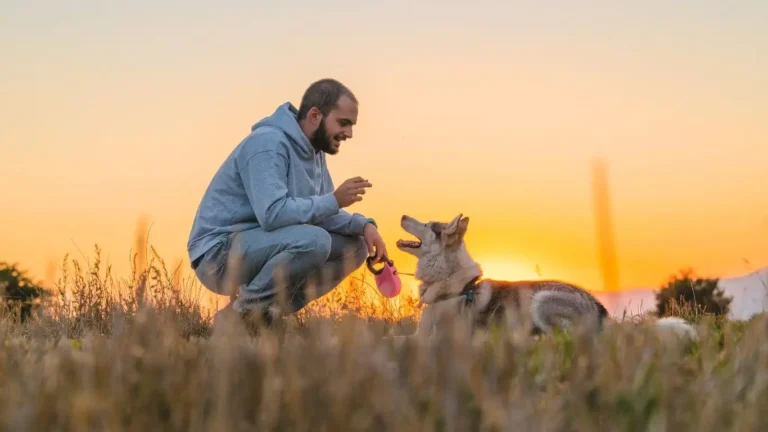Calmly Train Your Dog to Wear a Backpack Like a Pro
So, you’re wondering how to train a dog to calmly wear a dog backpack? You’re in the right place—and trust me, I’ve been there. As a Canine-Assisted Therapy Trainer, I’ve spent countless hours helping both pet parents and therapy dog teams get their pups prepped for everything from hospital visits to wilderness hikes. And yep, dog backpacks come up more often than you’d think. Whether you want your dog to carry their own gear or just look adorable while staying busy, getting them used to a backpack without stress is totally doable—with the right approach. Let’s get into the good stuff.
Why Even Bother with a Dog Backpack?

First off, let’s talk about the why. A dog backpack isn’t just for show—it serves a purpose. For high-energy dogs, it’s a job. For working breeds, it adds a sense of duty and structure. For anxious dogs, it can be surprisingly grounding. From my own experience, I’ve had therapy dogs that calmed down dramatically once they had a backpack strapped on—it’s like a security blanket with zippers. Plus, it’s handy. Need poop bags, a portable water bowl, or snacks? Boom—your dog is carrying their own stuff. Win-win.
Benefits of Using a Dog Backpack
- Burns energy: Carrying a weighted pack adds physical exertion to walks.
- Builds focus: Gives your dog a job to do, which promotes mindfulness.
- Reduces anxiety: The snug fit mimics the calming effect of compression.
- Improves behavior: Mental stimulation = less chance of destructive habits at home.
Choosing the Right Backpack
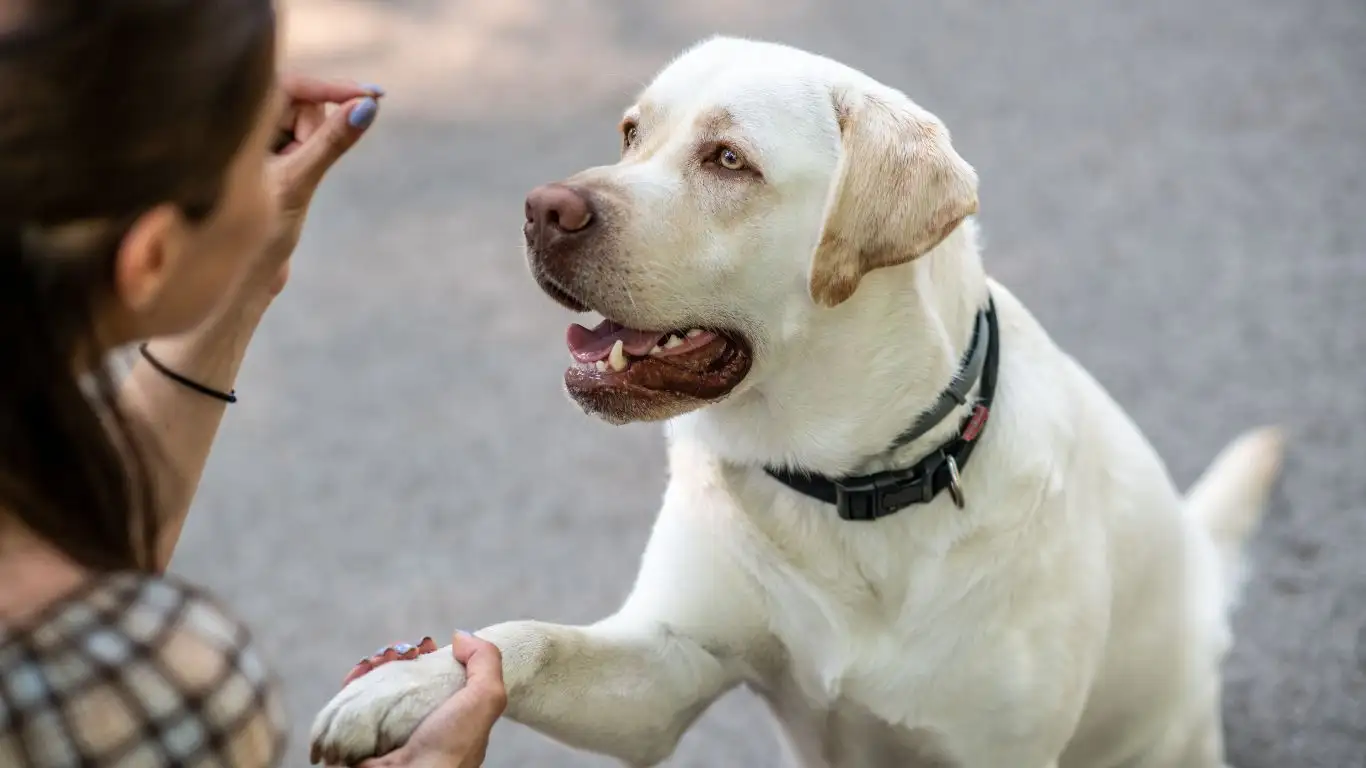
Okay, before you go full Boy Scout and strap a tent to your beagle, let’s talk gear. Not all backpacks are created equal, and a bad fit can ruin the whole experience for your dog. Trust me, I’ve seen dogs freeze up or walk like Frankenpups because the pack’s too bulky or poorly balanced. You want something snug but not tight, with adjustable straps and breathable material. Start light—seriously, like under a pound—and never load more than 10-15% of your dog’s body weight. Especially in the beginning.
What to Look for in a Dog Backpack
- Fit: Measure around your dog’s chest and neck. Most brands provide sizing guides.
- Weight distribution: Equal side pockets help prevent spinal strain.
- Padding and ventilation: Especially for longer walks or warmer climates.
- Secure buckles: You don’t want the pack sliding or slipping off mid-walk.
Getting Your Dog Used to the Gear (Without Freakouts)
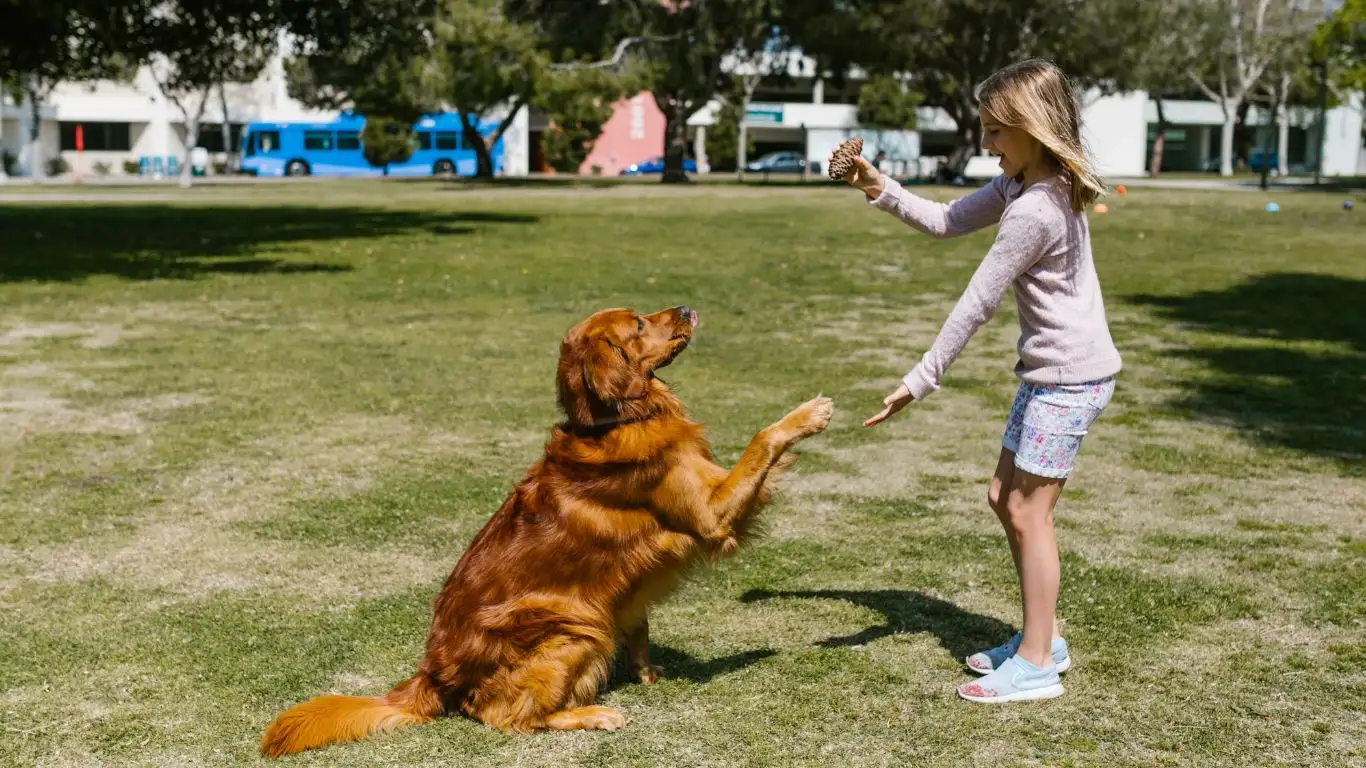
This part is crucial. If your dog is anything like the golden I worked with last year—Charlie, a total sweetheart but drama king when it came to wearing new things—you’ll want to go sloooow. Don’t just strap it on and head out the door. You’ll end up dragging a panicked pup down the sidewalk. Instead, treat the backpack like a new trick you’re teaching.
Step-by-Step: How to Train a Dog to Calmly Wear a Dog Backpack
- Start with sniffing: Let your dog check out the pack on the floor. Give treats just for investigating it.
- Practice wearing it empty: Strap it on gently (no gear inside yet) for short periods inside your home. Keep the mood upbeat and low-pressure.
- Use positive reinforcement: Treats, praise, and even a favorite toy can help build positive associations.
- Build duration gradually: Start with 2–3 minutes and work up. Remove the pack before your dog gets irritated or restless.
- Take a short walk: Once they’re chill with it indoors, try a short walk around the block—still empty.
Think of it like this: if your dog sees the backpack as a cue for fun time with you, they’ll be more eager to wear it. That emotional association matters way more than any fancy gear you buy.
Adding Weight Gradually—No Rush, No Stress
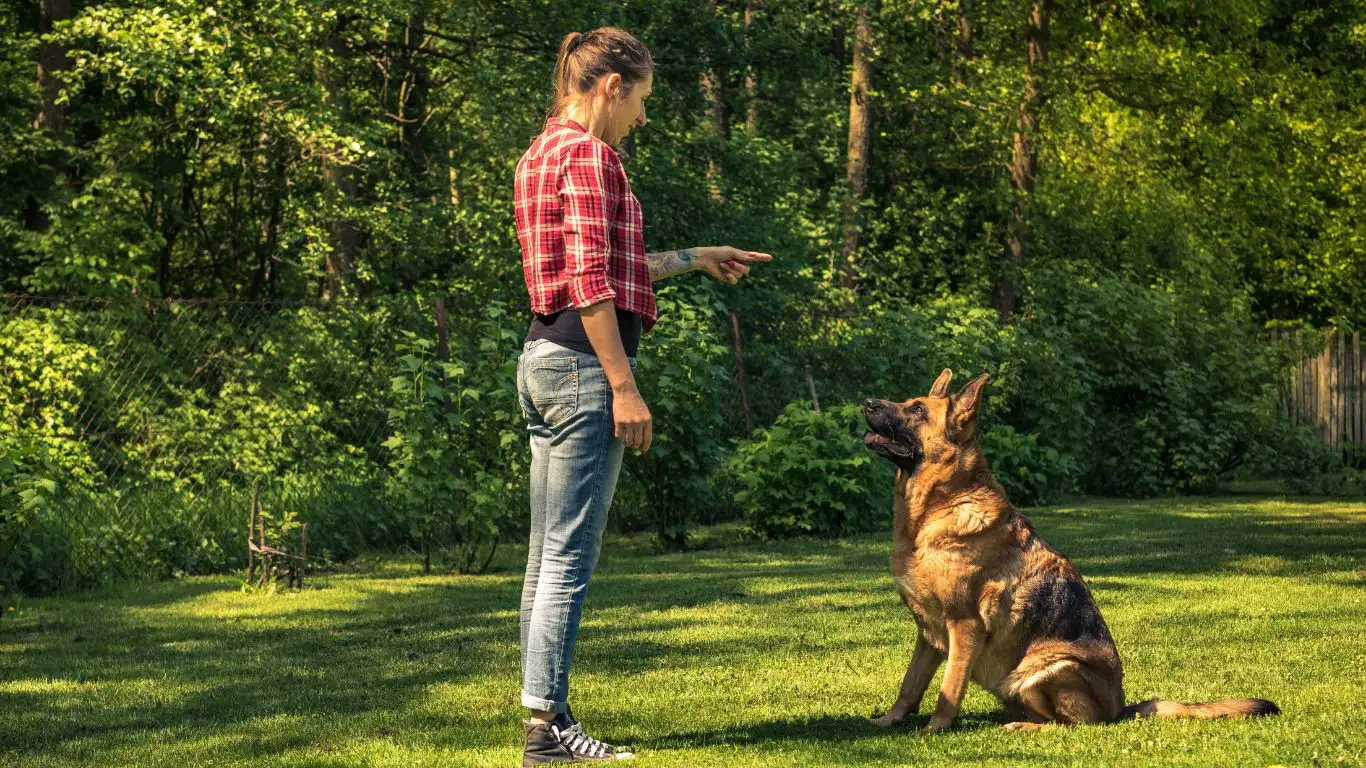
Alright, once your pup’s confidently strutting around with an empty pack, you can start adding a little weight. Little being the key word here. I tell clients all the time—especially those with working breeds like huskies or German shepherds—that just because your dog is strong doesn’t mean they should be loaded up like a pack mule right away.
When I was training Max, a stocky pit mix with boundless energy, we started with just a rolled-up poop bag and a small plush toy in the side pockets. Seriously. That’s all. It wasn’t about the weight—it was about the idea of carrying something. After a few days of chill walks with the pack, Max was ready to carry a water bottle on each side. Slow, steady progress wins the game.
Safe Weight Progression Tips
- Start with no more than 5% of your dog’s body weight.
- Increase slowly: Add weight incrementally over several walks.
- Watch posture: Your dog should walk naturally, not tilt or struggle.
- Monitor fatigue: If your dog is slowing down or sitting more than usual, scale back.
And here’s a pro tip—use soft items like folded towels, lightweight treats, or empty containers when practicing. Save the water bottles and gear for when your dog’s really used to the setup.
Walking With a Purpose: Training While on the Move
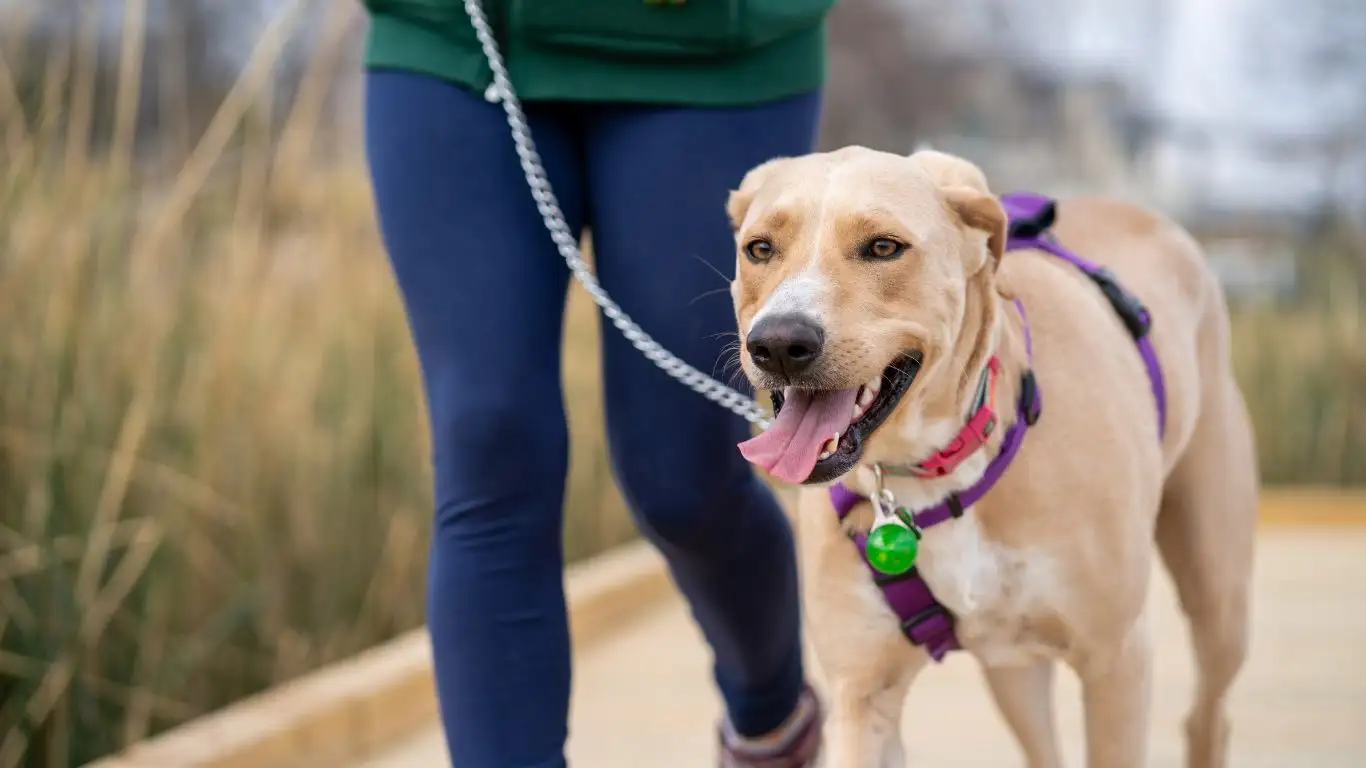
Now that your pup’s comfy with the backpack and carrying a bit of weight, let’s make those walks really count. I like to call this “mission mode.” Basically, the moment the backpack goes on, it signals a shift into a working mindset. This is especially helpful for excitable or reactive dogs—it gives them focus and calms their brains a bit.
With my therapy clients, I teach dogs to walk politely on leash while wearing the pack. Loose leash, no pulling, and definitely no lunging. The backpack itself tends to help because it naturally slows them down a bit, but it’s not magic—you’ve still gotta reinforce good leash manners.
Integrating Basic Obedience Into Backpack Walks
- Use known commands: “Heel,” “Wait,” and “Let’s go” help maintain structure.
- Mix in short obedience drills: Ask for sits, downs, or hand touches mid-walk to keep focus sharp.
- Reward calm behavior: A calm sniff, an ignored squirrel—these are wins worth praising.
I remember working with Luna, a clever Aussie who loved to anticipate commands. We used her backpack walks to slow her down and get her truly listening again. I’d toss in random “Sit” or “Touch” commands while we walked around the neighborhood, and pretty soon, the backpack became a signal to tune in and work with me.
What to Pack (and What to Skip)
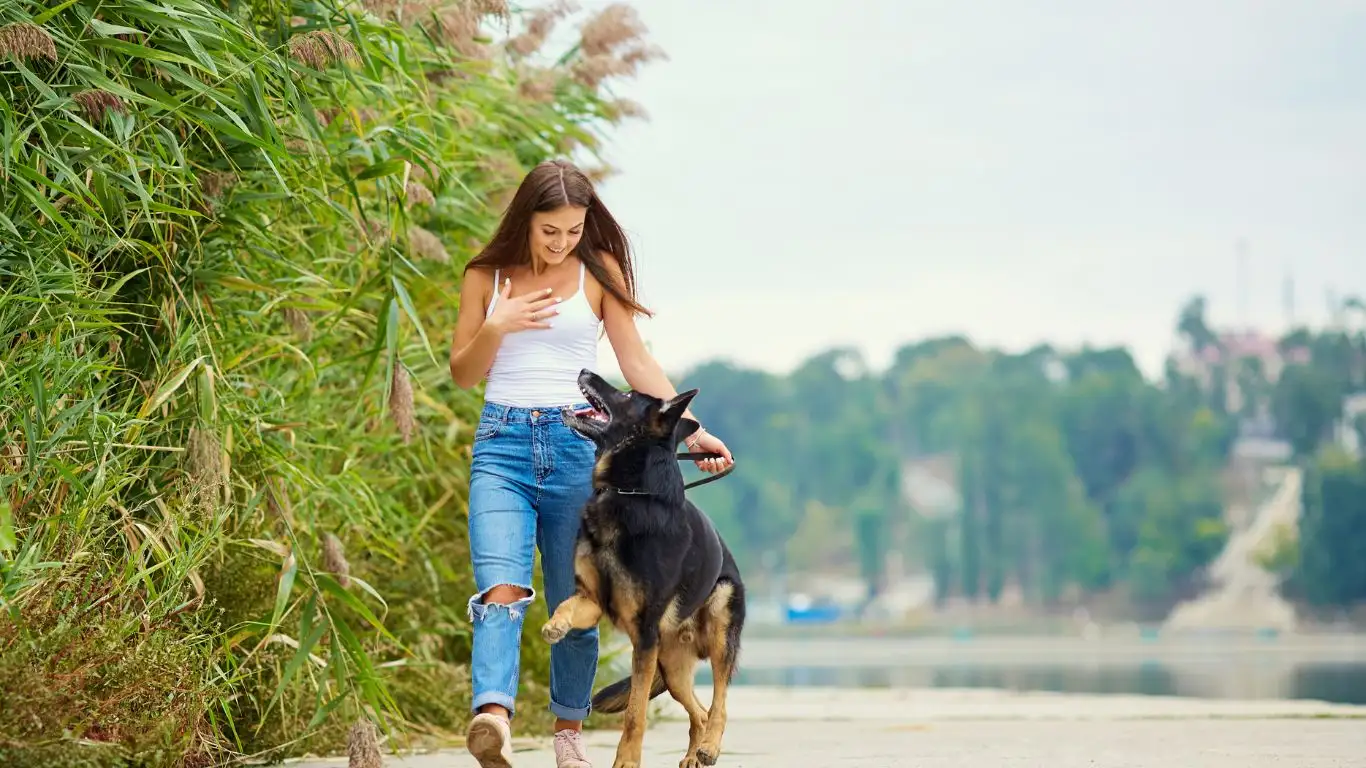
Let’s talk contents. Once your dog is wearing the pack like a pro, you’ll want to actually use it. But don’t just chuck stuff in there willy-nilly. What you pack should match your walk or outing. For example, short urban walks? Poop bags, collapsible bowl, a few treats. Long hikes? Add a small first aid kit, water bottles, and maybe a cooling towel in the summer.
Smart Packing Checklist
- Water & bowl: Always pack hydration gear for warm days or long walks.
- Treats: Use them to reinforce training on the go.
- Waste bags: A must-have—no excuses.
- Lightweight first aid kit: Tweezers, gauze, and antiseptic wipes go a long way.
- Dog ID: I like to clip an extra ID tag or QR code to the backpack just in case.
Avoid anything sharp or rigid that could poke through the fabric. And make sure the weight is balanced. Uneven loading can cause your dog to walk awkwardly or strain muscles.
Remember, the goal isn’t to turn your dog into your personal sherpa—it’s to give them a job, a bit of structure, and something to feel proud of. And if you’ve ever seen a dog realize they’re carrying their own treats? That little tail wag is priceless.
Handling Common Challenges (Because Yep, They Happen)
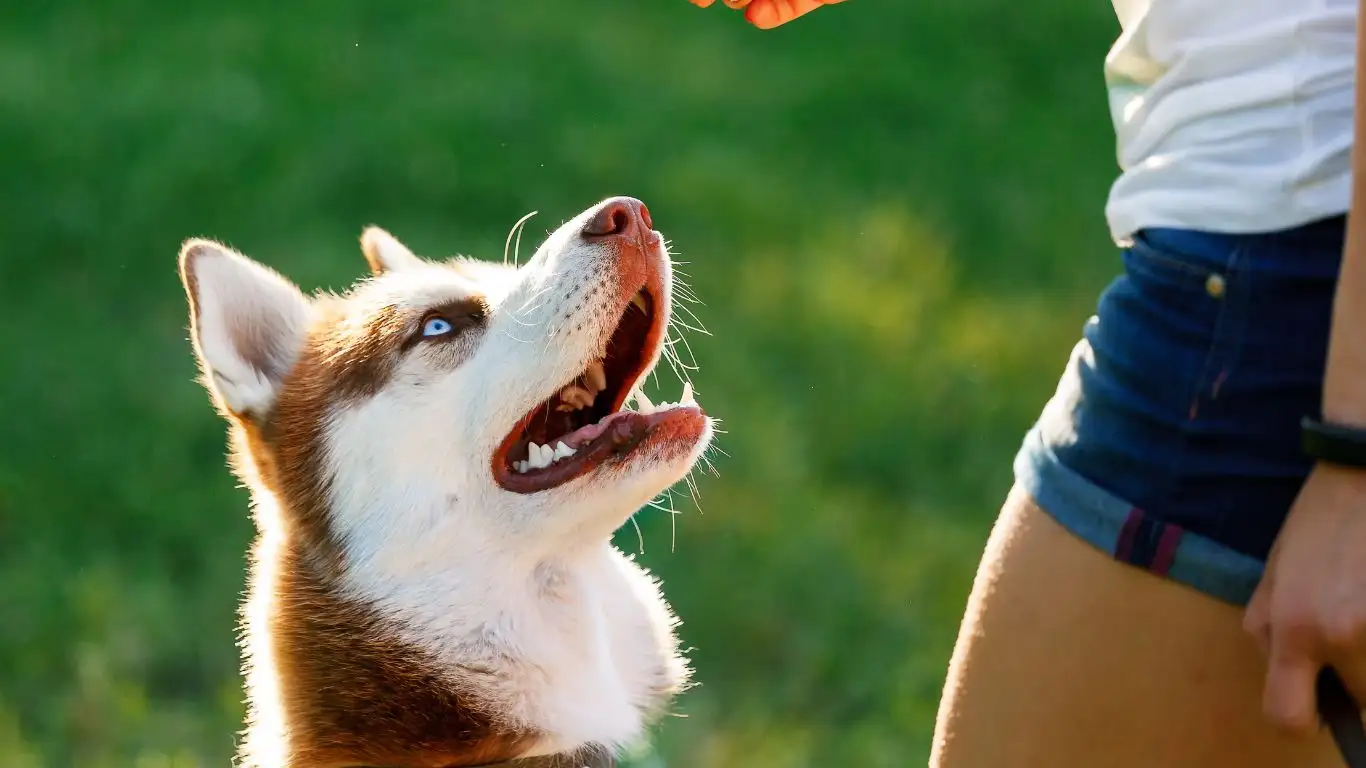
Even with the smoothest training plan, bumps along the way are totally normal. I’ve worked with dozens of dogs, and very few take to wearing a backpack like it’s no big deal from day one. If your dog balks, lies down dramatically, or walks like they’ve suddenly forgotten how their legs work—don’t worry. You’re not alone.
I had a rescue named Tilly once, a goofy lab mix who would quite literally roll onto her back and play dead the second her backpack went on. It took some creative coaxing (and a lot of cheese) to help her see it wasn’t a torture device. But we got there.
What to Do If Your Dog Resists the Backpack
- Check the fit: If it’s too tight, rubbing, or shifting around, your dog may be uncomfortable.
- Go back a step: Take off the backpack, offer treats, and let your dog re-approach it on their own terms.
- Pair it with fun: Put it on before a favorite activity like going to the park or on a car ride.
- Keep sessions short: Especially early on, shorter is better. Think quality over quantity.
Remember, your dog’s comfort and confidence come first. The goal is calm acceptance, not just tolerance. If they’re not into it yet, that’s okay. It’s a process—not a race.
Making the Backpack Part of Everyday Adventures
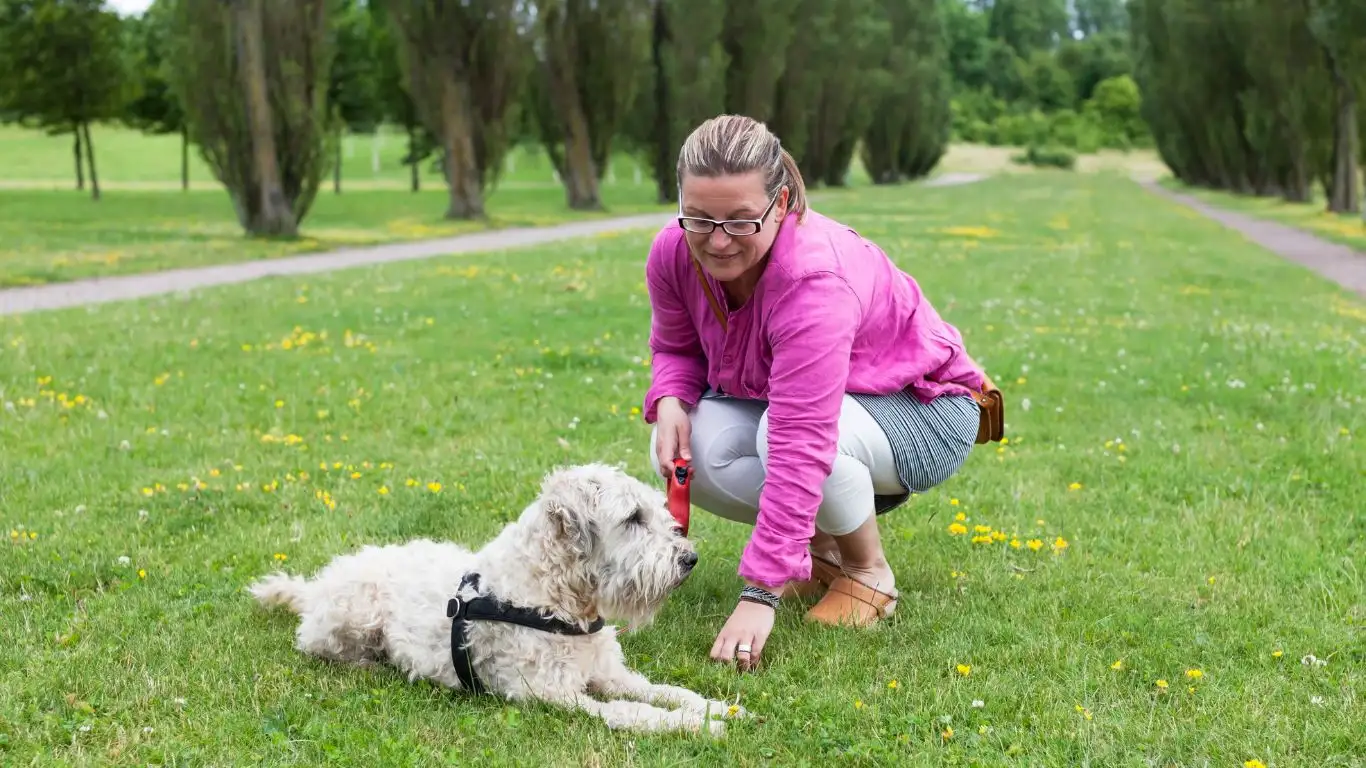
Once your pup is confidently sporting their dog backpack, the real fun begins. You can start incorporating it into your everyday adventures. I always suggest starting with shorter, low-key outings—morning walks around the neighborhood, trips to the pet store, even training sessions in the backyard. From there, you can branch out to hiking trails, camping trips, or pet-friendly events.
One of my favorite clients, a retired vet with a service poodle named Jasper, used to bring the backpack along for weekly visits to the local library where Jasper did reading time with kids. He’d carry a few children’s books, his brush, and a snack for later. It was functional, but also gave Jasper a sense of purpose. Dogs pick up on that stuff more than we give them credit for.
Creative Ideas for Using a Dog Backpack
- Training tools: Carry clickers, toys, and treats for spontaneous obedience practice.
- Errand companion: Have your dog carry small items during local errands (just avoid anything perishable or delicate).
- Adventure pack: Load up for hikes with collapsible bowls, a doggy towel, and water.
- Event bag: If you’re attending an outdoor market or pet event, pack your essentials in their bag to keep your hands free.
Just be mindful of the weather. On hot days, it’s best to skip the pack altogether or only use it briefly. Dogs don’t sweat like we do, and that extra layer can cause overheating fast. Same goes for snow or heavy rain—unless the backpack is waterproof, leave it at home.
Trust, Patience, and a Bit of Fun
At the heart of it, teaching how to train a dog to calmly wear a dog backpack isn’t just about the backpack. It’s about trust. It’s about clear communication and knowing your dog well enough to adjust your approach based on their mood, energy level, and body language. And honestly? It should be fun for both of you.
If you’re feeling stuck, remember that you’re not alone. Tap into resources from pros who know their stuff. Organizations like AKC and PetMD have some great insights into gear, training techniques, and canine behavior. But above all, trust your bond. You know your dog better than any article or expert.
I’ve seen firsthand how something as simple as a backpack can turn a distracted, high-energy dog into a calm, task-oriented companion. It’s honestly kind of magical. And whether your dog becomes a hiking buddy, a therapy hero, or just a neighborhood star—giving them that little job? It’s a game changer.
Disclaimer
This article is based on professional experience as a Canine-Assisted Therapy Trainer and is intended for informational purposes only. Every dog is unique, and individual results may vary. Always consult your veterinarian or a certified dog behaviorist before starting new physical routines or using gear like backpacks—especially if your dog has underlying health conditions or special needs.
